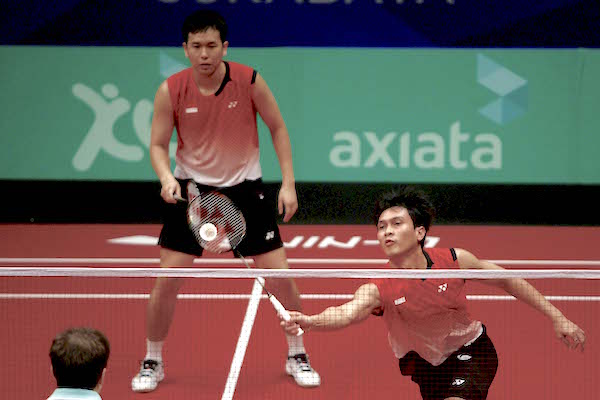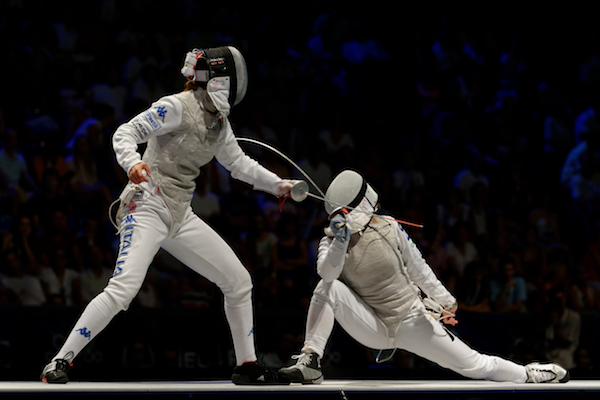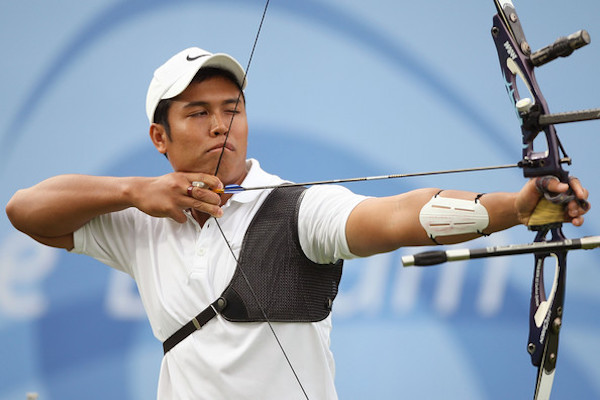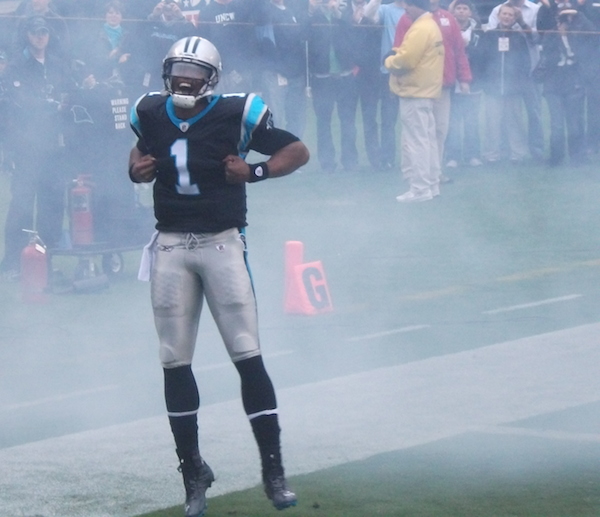All About Badminton
For most people who grew up in the United States, badminton is a sport played in middle school gym classes or lawn parties. It is to tennis what wiffleball is to baseball. Globally, that couldn’t be farther from the truth. In Asia, particularly China, badminton is a deadly serious sport. Olympic badminton moves at a lightning pace, often faster than the uneducated eye can see.
How Does Badminton Work?
“Badminton is played by two or four people on a small rectangular indoor court split down the middle on the long edge of the court with a five foot tall net. Each player has a light racquet with a strung head like a tennis racquet. Instead of a ball, the game is played with a shuttlecock. The shuttlecock is a “”a high-drag projectile, with an open conical shape”” according to Wikipedia. In English, this means that it looks like a bunch of darts whose points are all gathered up in a little round rubber nose. The peculiarity of the shuttlecock gives badminton its curious look. Players wind up and swing with all their might at the shuttlecock. This propels it very quickly for a short distance before it begins to decelerate. This deceleration gives opposing players a chance, if they can react quickly enough, to return the shuttlecock.
Matches consist of a best two out of three series of games, each of which is played to 21 points with players having to win by two. Each point ends when the shuttlecock hits the ground — unlike tennis, no bounces are allowed.”
Why do People Like Watching Badminton?
Badminton is enjoyable on a number of levels. First is the mildly humorous one that many American viewers approach it with. It’s kind of like race walking (more on that later) in that it’s funny to see people so good and so serious about something that lots of people do without considering it a sport. Once you get past that, the enjoyment comes from the way players handle the strangely shaped shuttlecock. Most sports are played with a ball or puck designed to make it go as fast and hard as possible. Only badminton, that I can think of, is played with a ball designed to go slow. This perversity is enjoyable to watch in much the same way a fumble in football is enjoyable to watch as players struggle to pick it up.
Check out some highlights from the 2012 Olympics:
What are the different events?
Like tennis, Badminton has singles events for men and women and doubles events for men, women, and mixed gender pairs.
How Dangerous is Badminton?
Badminton is quite safe. As humorous as the thought of getting an eye injury from an errant shuttlecock is, most badminton injuries come from turning an ankle or knee or over-swinging for a shot and straining a shoulder or elbow.
What’s the State of Gender Equality in Badminton?
Very good. 38 singles women competitors and 40 singles men badminton players qualified for the Olympics. Equal numbers for doubles also qualified. So, no big disparity in entrants and no, as far as I could tell, difference in rules or equipment.
Links!
Bookmark the full Olympics schedule from NBC. Badminton is from Thursday, August 11 to Saturday, August 20.
Read more about diving on the official Rio Olympics site.










